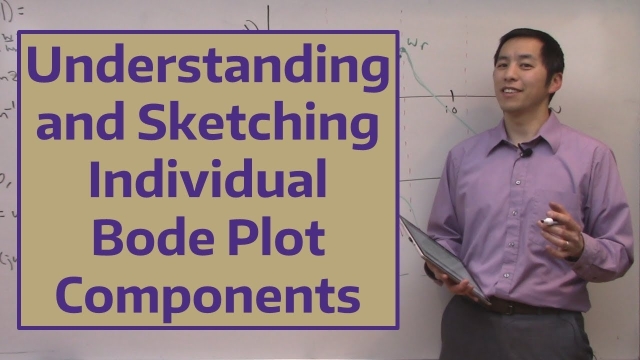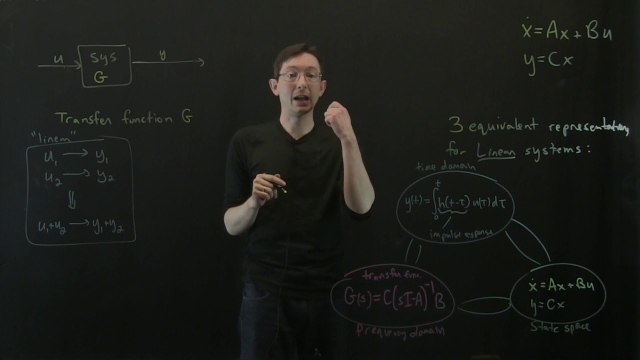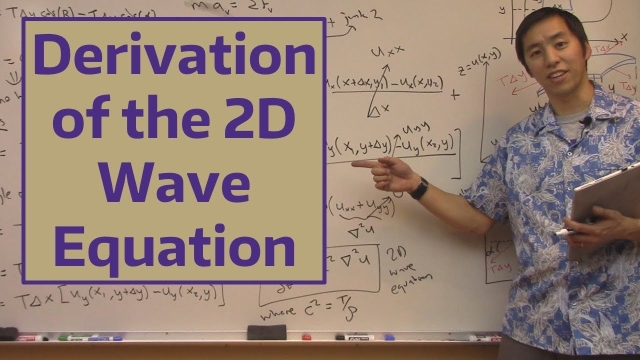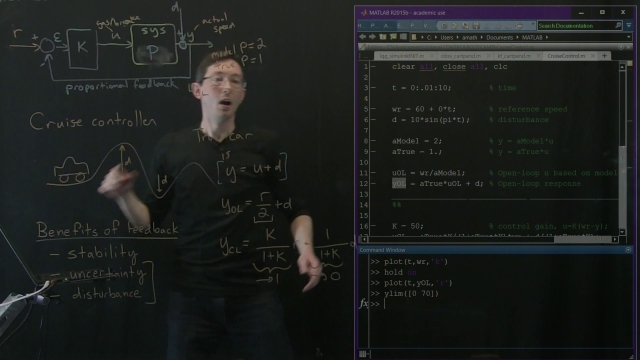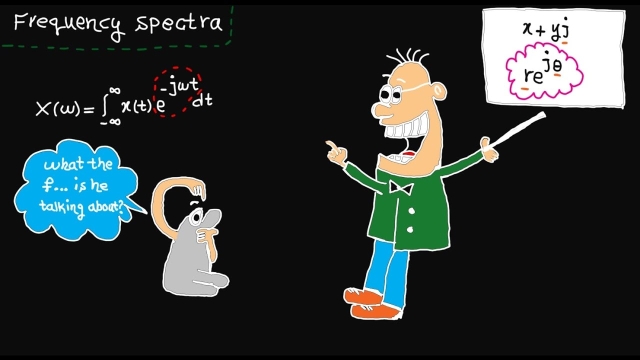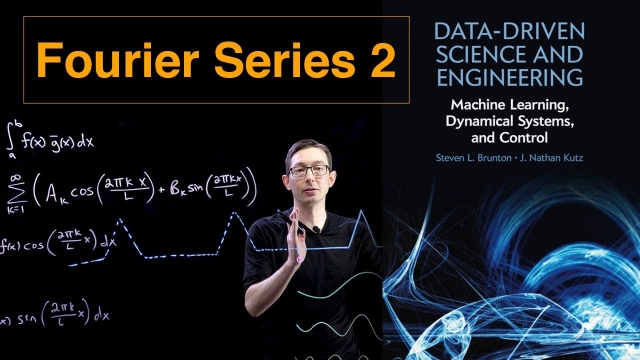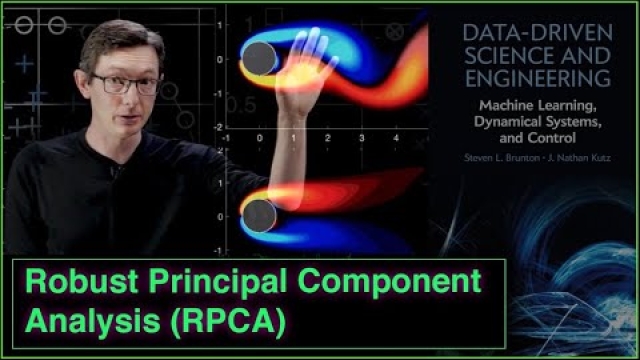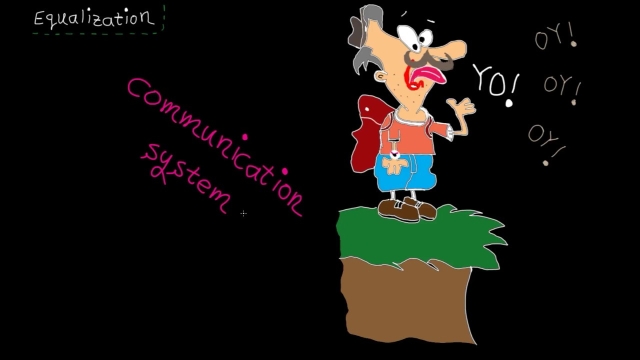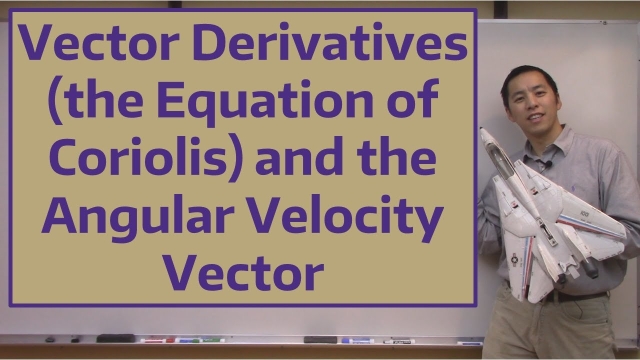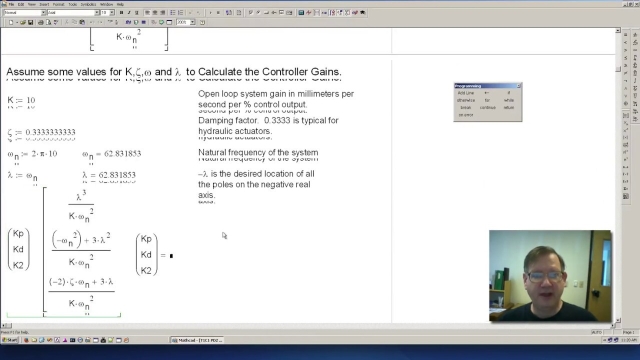
Type
Experience
Scope
Routh Array and Stability
I show how we can find the range of allowed controller gains for a system that will allow us to maintain stability using a Routh Array.
See MoreStanford CS234: Reinforcement Learning | Winter 2019 | Lecture 4 - Model Fre...
Professor Emma Brunskill
Assistant Professor, Computer Science
Stanford AI for Human Impact Lab
Stanford Artificial Intelligence Lab
Statistical Machine Learning Group
FIR Filter Design and Software Implementation
FIR (Finite Impulse Response) filter theory, design, and software implementation. Real-time software implementation on a custom STM32-based PCB. Overview of digital filtering, use-cases...
See MoreIntroduction to System Stability and Control
This video attempts to provide an intuitive understanding of concepts like stability and stability margin. I briefly describe both of these topics with examples and explain how you can...
See MoreTikZ source Code: Example Graph
TikZ source Code: Example Graph
See MoreKoopman Spectral Analysis (Overview)
In this video, we introduce Koopman operator theory for dynamical systems. The Koopman operator was introduced in 1931, but has experienced renewed interest recently because of the...
See MoreStandard 2nd Order ODEs: Natural Frequency and Damping Ratio
In this video we discuss writing 2nd order ODEs in standard form xdd(t)+2*zeta*wn*xd(t)+wn^2*x(t)where zeta = damping ratio wn = natural ...
See MoreRL Course by David Silver - Lecture 10: Classic Games
An overview of Game Theory, minimax search, self-play and imperfect information games.
See MoreWhat Is a Control System and Why Should I Care? (Part 1)
This talk introduces the basic concepts of feedback with lots of visual examples.
See MoreThe Inverse Laplace Transform
In this video we show how to perform the inverse Laplace transform on a signal in the Laplace domain to obtain its equivalent representation in the time doma...
See MoreData-Driven Control: ERA and the Discrete-Time Impulse Response
In this lecture, we describe how the discrete-time impulse response is used in the eigensystem realization algorithm (ERA).
See MoreControl Systems Lectures - Transfer Functions
This lecture describes transfer functions and how they are used to simplify modeling of dynamic systems.
See MoreSVD: Optimal Truncation [Matlab]
This video describes how to optimally truncate the singular value decomposition (SVD) for noisy data (Matlab code).
See MoreUnderstanding and Sketching Individual Bode Plot Components
In this video we illustrate how 7 types of simple transfer functions contribute to a bode plot. We refer to these as ‘components’ and will cover the followi...
See MoreControl Bootcamp: Three Equivalent Representations of Linear Systems
This video explores three equivalent representations of linear systems: State-space ODEs, Frequency domain transfer functions, and Time-domain impulse response convolution.
See MoreDerivation of the 2D Wave Equation
In this video we derive the 2D wave equation. This partial differential equation governs the motion of waves in a plane and is applicable for thin vibrating...
See MoreControl Bootcamp: Benefits of Feedback on Cruise Control Example (Part 2)
Here we investigate the benefits of feedback for systems with uncertain dynamics and disturbances, as illustrated on a cruise control example. (Part 2)
See MoreMachine Learning Goals
This lecture discusses the high-level goals of machine learning, and what we want out of our models. Goals include speed and accuracy, along with interpretability, generalizability...
See MoreFrequency domain – tutorial 8: frequency spectra
In this video, we learn about frequency spectra which can be divided into two parts: phase and magnitude spectrum. Some examples will be provided to practice...
See MoreFourier Series: Part 2
This video will show how to approximate a function with a Fourier series, which is an infinite sum of sines and cosines. We will discuss how these sines and cosines form a basis for the...
See MoreRobust Principal Component Analysis (RPCA)
Robust statistics is essential for handling data with corruption or missing entries. This robust variant of principal component analysis (PCA) is now a workhorse algorithm in several fields...
See MorePosicast Control 6 - ( In English)
This video presents the transition from half-cycle to other cycles ( third-cycle, fourth-cycle,..)
See MoreFrequency domain – tutorial 11: equalization
In this video, we learn about equalization technique which is used in communication systems to compensate for the destructive effect of the channel between t...
See MoreVector Derivatives (the Equation of Coriolis) and the Angular Velocity Vecto...
In this video we develop the Equation of Coriolis which describes how a vector in a rotating reference frame changes from the perspective of an observer in a non-rotating reference frame. We...
See More
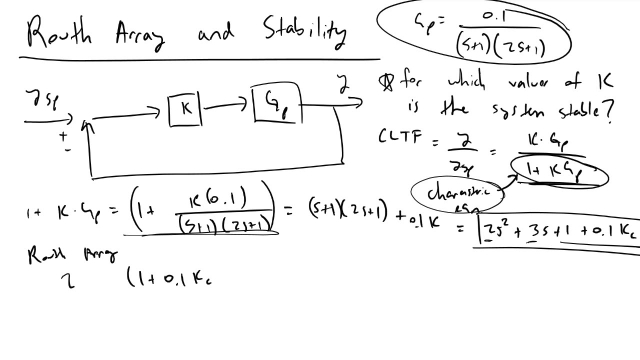
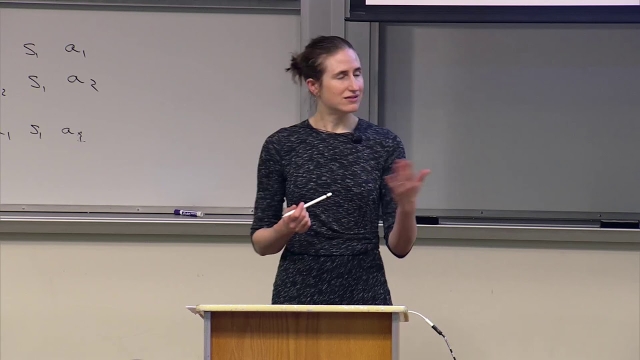
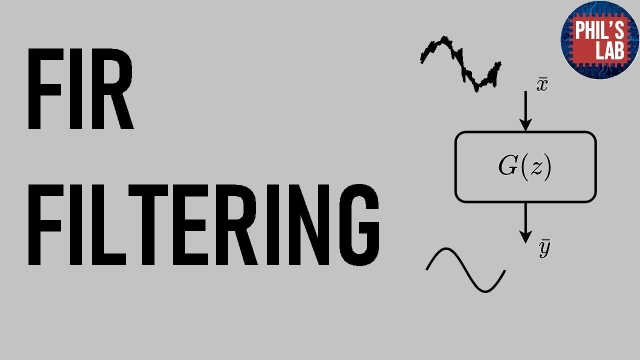
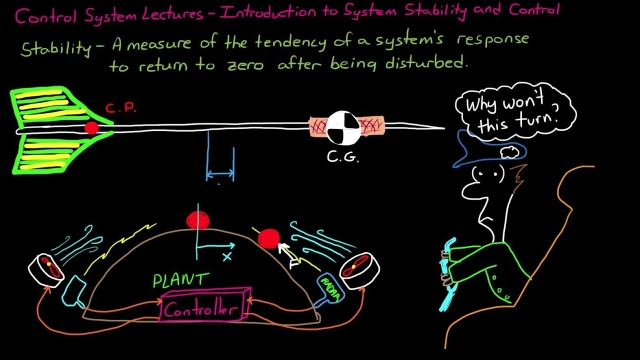
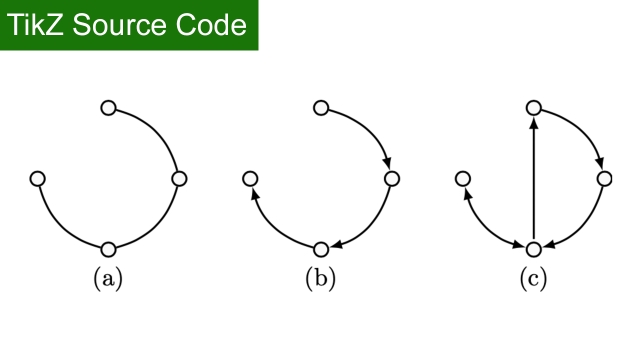
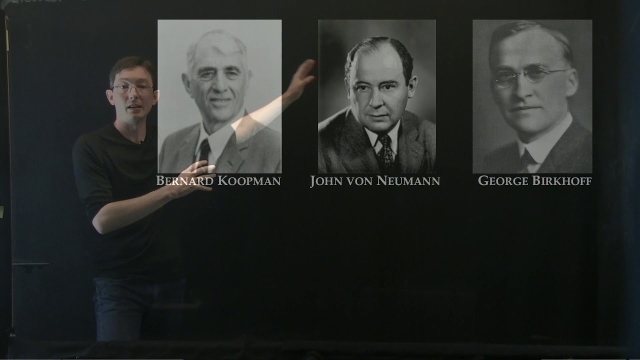
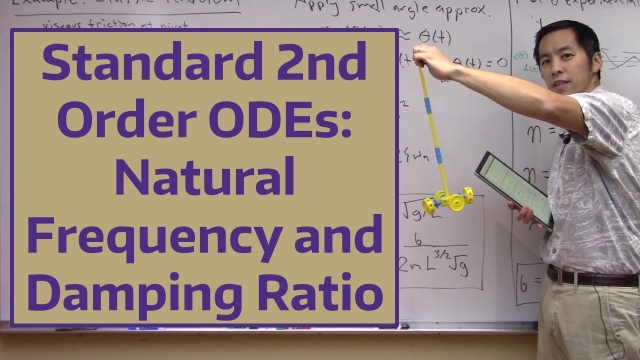
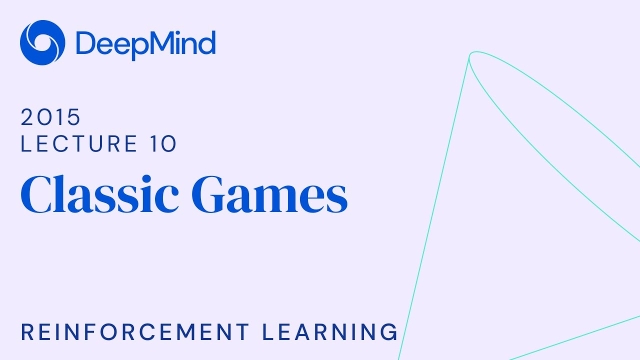

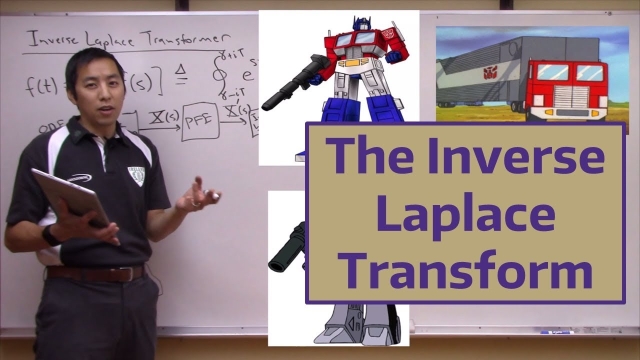
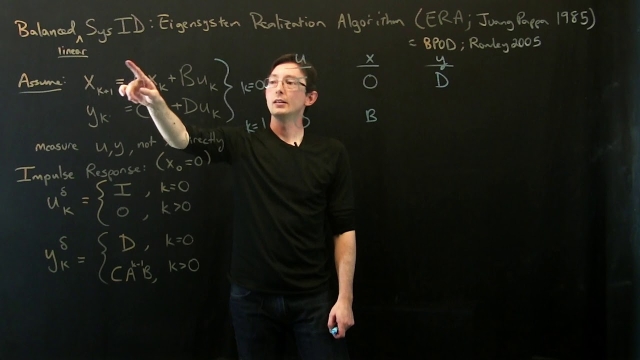
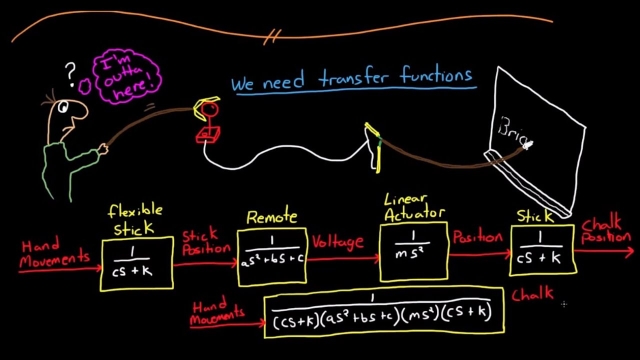
![SVD: Optimal Truncation [Matlab]](/sites/default/files/styles/search_resulkts/public/2020-12/maxresdefault_423.jpg?itok=Op0DbiId)
